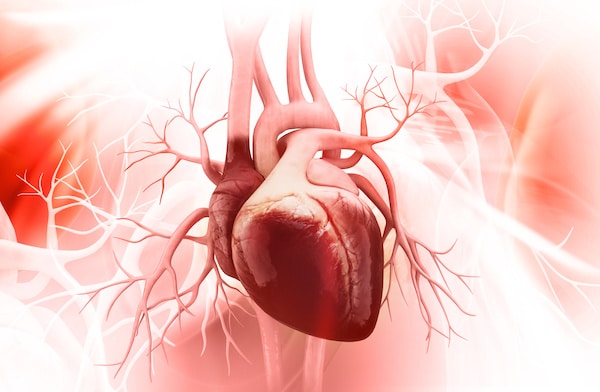
National Heart Valve Disease Awareness Day
February is National Heart Month, and one day, in particular, focuses on one specific heart condition that affects many people each year. February 22 is National Heart Valve Disease Awareness Day, and people need to understand what that means. Each year, more than five million people become diagnosed with heart valve disease (HVE). Heart valve disease is a condition in which one or more heart valves do not function properly.
Causes of Heart Valve Disease
Blood flows through four valves attached to the heart. These valves each have flaps, which open and close during each heartbeat. Heart valve disease can happen to any valve or a combination of up to four valves, and it compromises blood flow by stopping the valves from opening and closing correctly. There are different conditions, each of which can cause HVD.
- Regurgitation. When the flap of the heart valve doesn’t close properly, the valve causes blood to flow backward and causes a leak. The condition can cause the heart to strain because it has to work harder, and it may not pump enough blood. When it is mild, regurgitation seldom causes any problems. However, severe cases can result in heart failure or even death.
- Stenosis. When a heart valve becomes too narrowed, the valve cannot fully open. The result is a blockage of blood flow from the heart to the rest of the body. The condition is stenosis, and it can lead to fatal heart failure.
- Atresia. Atresia is a life-threatening heart disease that develops before birth. It is a case in which the pulmonary heart valve does not function properly. The pulmonary valve is the valve that pumps blood from the heart to the lungs. When an infant develops atresia, the pulmonary valve did not develop at all, and the child is not receiving enough oxygen to live. The infant will require an immediate medical procedure.
Symptoms of Heart Valve Disease
Although some people with HVD may not experience any signs of the disease for many years, the condition can eventually cause complications. Doctors can detect heart valve disease by using a stethoscope, which will detect abnormal sounds (heart murmurs) of a beating heart. Other symptoms of HVD include irregular heartbeat, fatigue, dizziness, shortness of breath, fainting, swelling of the joints, stroke, blood clots, and heart failure.
Treatment of Heart Valve Disease
Symptoms of heart valve disease may worsen over time. Doctors may prescribe medication to help relieve the symptoms, but drugs alone cannot reverse the damage done from HVD. Doctors will have to conduct a medical procedure.
Balloon valvuloplasty. Balloon valvuloplasty might not cure heart valve disease, but it is a procedure that can relieve many of its symptoms. Doctors will insert a tube into the affected valve, and inflate it into a balloon multiple times. The balloon widens a narrow valve to allow more blood to flow through it. However, risks for this procedure include blood clots or damage to the blood vessel at the insertion site, stroke, or a ruptured heart valve. In the event of a rupture, the patient will require open-heart surgery.
- Surgery. A cardiologist may begin by observing symptoms over a while. In some instances, he or she will recommend heart valve surgery to prevent further complications. In this case, surgeons will need to repair or replace the diseased valve. Sometimes, they will only need to perform minimally invasive heart surgery. If so, they will make a small incision(s) to correct the problem. In more severe cases, they will have to perform open-heart surgery. Some medical centers also have a unique form of minimally invasive heart surgery in which the robotic instruments help the surgeon with the procedure.
- Transplant. If surgeons are unable to repair the diseased heart valve, then they will have to replace it. They may use a mechanical heart valve, which professionals specially treat to prevent the body from rejecting it. These artificial valves are durable and can last for a lifetime. However, they do have a higher risk of blood clotting. The surgeon may also replace the valve with one from a pig or a cow. These valves are less likely to cause coagulation but also wear out sooner and will require additional surgery. Possible risks of heart valve replacement include bleeding during and after the procedure, and blood clots, which can cause stroke, heart attack, or pulmonary embolism.
Prevention of Heart Valve Disease
Preventing heart valve disease depends on a person’s lifestyle. Eating heart-healthy foods, such as fruits, vegetables, oats, whole grains, and omega-rich fish such as salmon, helps keep a healthy heart. Maintaining a healthy weight keeps the heart from overworking and keeps blood pressure low. Avoid all tobacco products because they are no good for the heart. Finally, do everything possible to maintain a low-stress lifestyle, and heart valve disease will be one less concern.

The Emergency Center
San Antonio
11320 Alamo Ranch Pkwy
San Antonio, TX 78253
Phone: 210-485-3644


